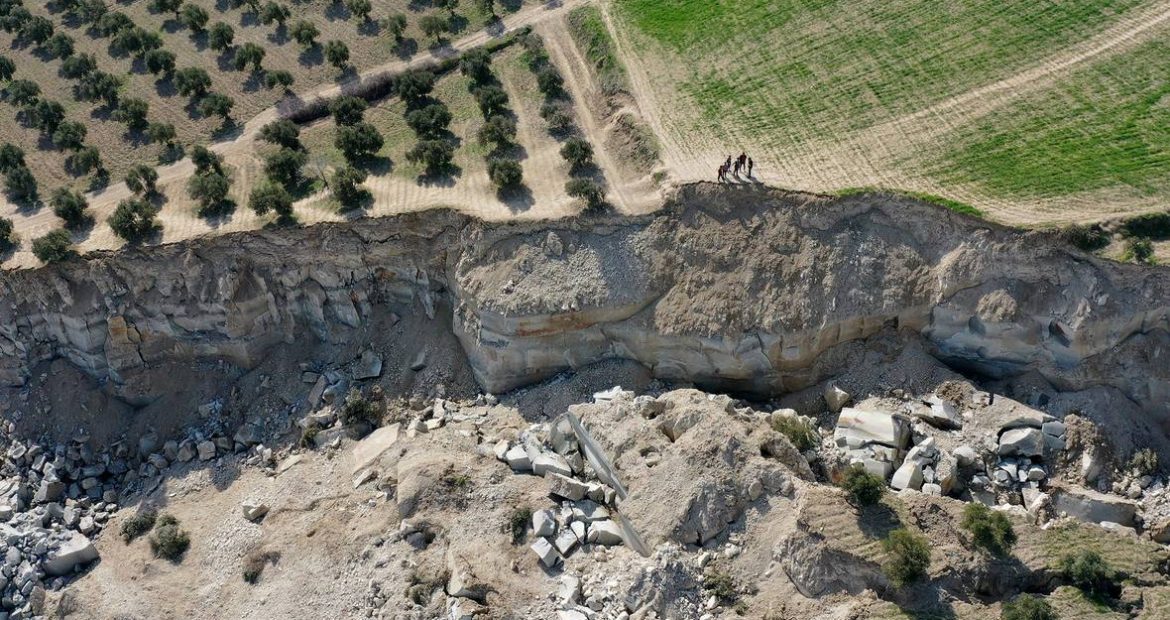Scientists are developing a new earthquake warning system called distributed acoustic sensing (DAS), which uses fibre optic cables to detect seismic waves and has the potential to provide more extensive coverage than traditional systems.
When two massive earthquakes struck southern Türkiye and parts of neighbouring Syria on February 6, most people had no clue of the death and devastation that was to follow.
Caught in their homes and workplaces, more than 52,000 people lost their lives in what has been described as the “disaster of the century”.
The devastation caused by the twin earthquakes and subsequent aftershocks has put the spotlight back on the developing science of earthquake prediction.
In recent years, scientists have made progress in creating early earthquake warning systems that send alerts directly to people’s phones when seismometers detect the start of tremors.
This technology offers only seconds of warning, depending on proximity to the epicentre, which may provide enough time for people to take cover and protect themselves.
One novel technology that could boost these early warning systems is distributed acoustic sensing (DAS).
Although DAS is still in its infancy, scientists believe that it could use the vast network of fibre optic cables beneath our feet to detect seismic waves.
While these cables are primarily for telecommunications, the ground’s movement slightly disrupts the light travelling through the line, creating distinct signals scientists can detect.
Although DAS cannot predict earthquakes, it can detect early tremors that could be the first sign of an impending earthquake.
READ MORE: Why does earthquake prediction remain impossible?
Replacing seismometers
DAS operates similarly to ShakeAlert, which is the United States Geological Survey’s early warning system.
ShakeAlert comprises over 1,400 seismic stations across California, Oregon, and Washington, which monitor fast-moving P-waves that forewarn of more damaging S-wave and surface waves.
ShakeAlert sends emergency alerts to the cell phones of local residents if its algorithms determine that the tremor will be above a magnitude of 5.
Although this system can provide a few seconds of warning, it is limited by the distance from the epicentre, meaning that the closer you are, the less time you have to prepare.
DAS differs from ShakeAlert in that it uses fibre optic cables instead of seismometers to create one giant earthquake sensor.
Scientists can attach a device called an interrogator to unused cables and fire laser pulses down the wire.
By analysing the tiny bits of light that bounce back when the fibre is disturbed, scientists can pinpoint disturbances based on the time it took for the signal to get back to the interrogator. Because DAS covers miles instead of a single point, it has the potential to provide more extensive coverage and, potentially, more warning time.
Although DAS is still in the early stages of development, it has several advantages.
For example, many of the cables are already in place, making the system easier and more cost-effective to implement than other technologies.
Furthermore, DAS has potential applications in monitoring volcanic activity and detecting landslides.
The deployment of this technology could significantly reduce the number of lives lost in future earthquakes and other natural disasters.
READ MORE: Turkish scientists probing the twin quakes find some unusual seismic signs
SOURCE: TRTWORLD AND AGENCIES




